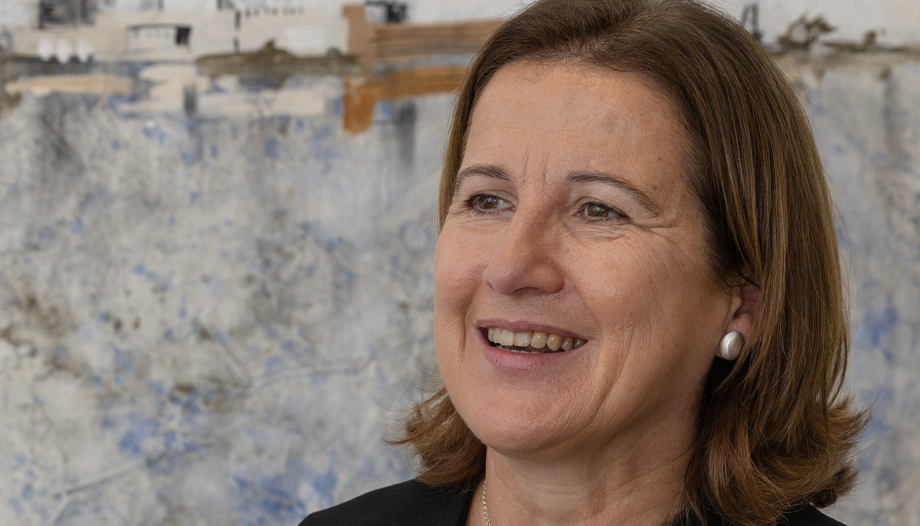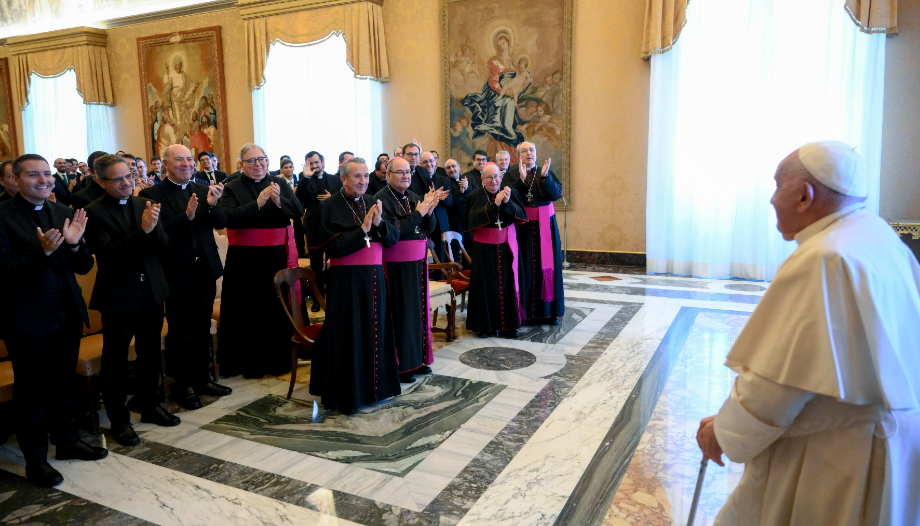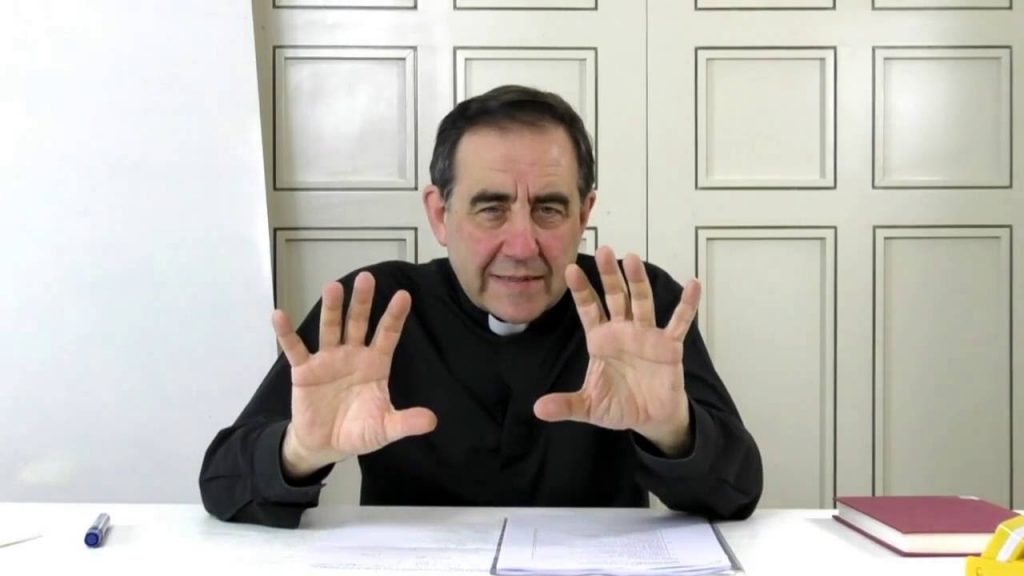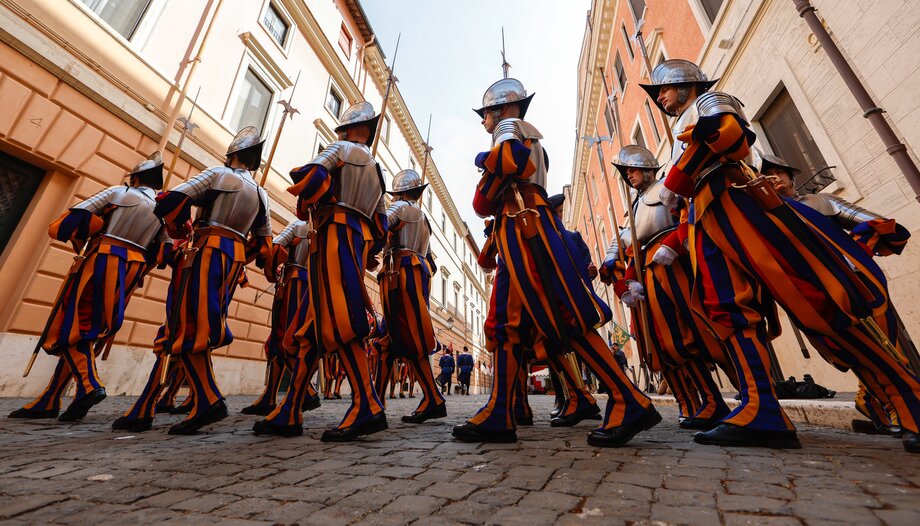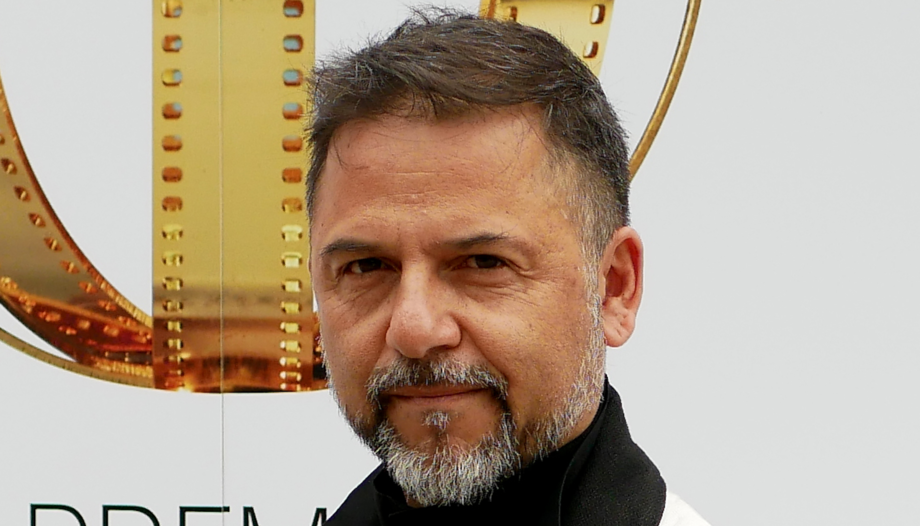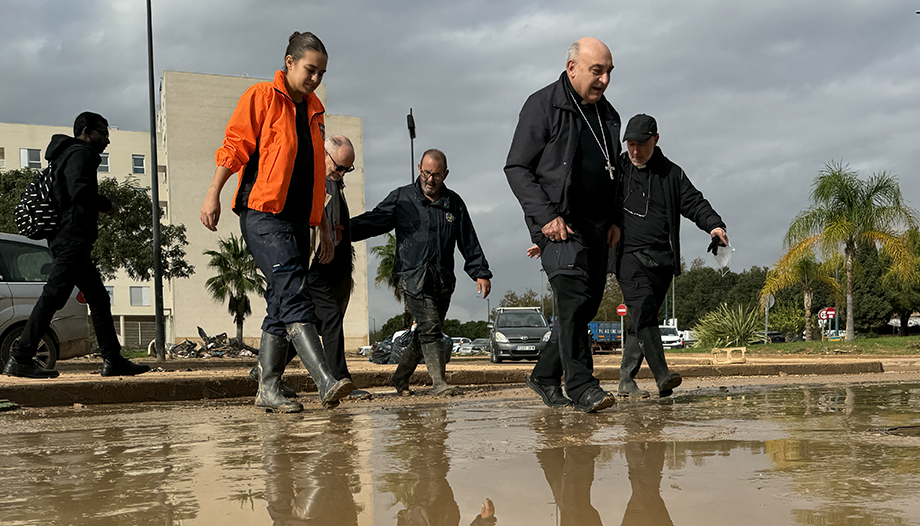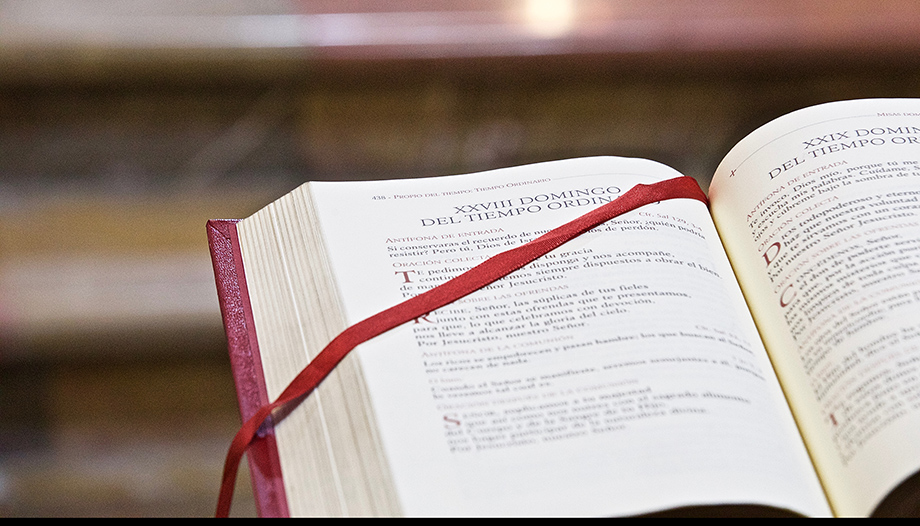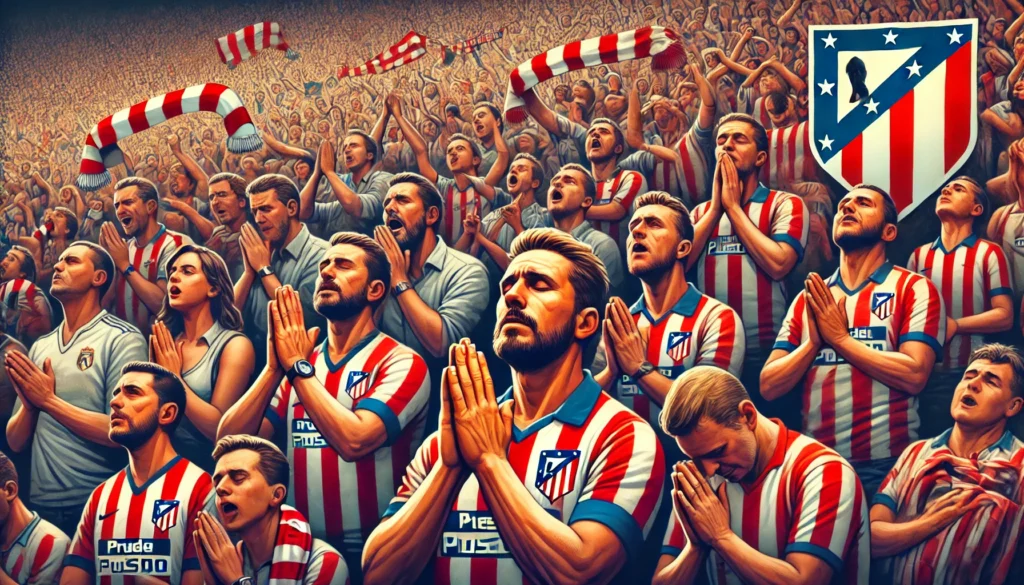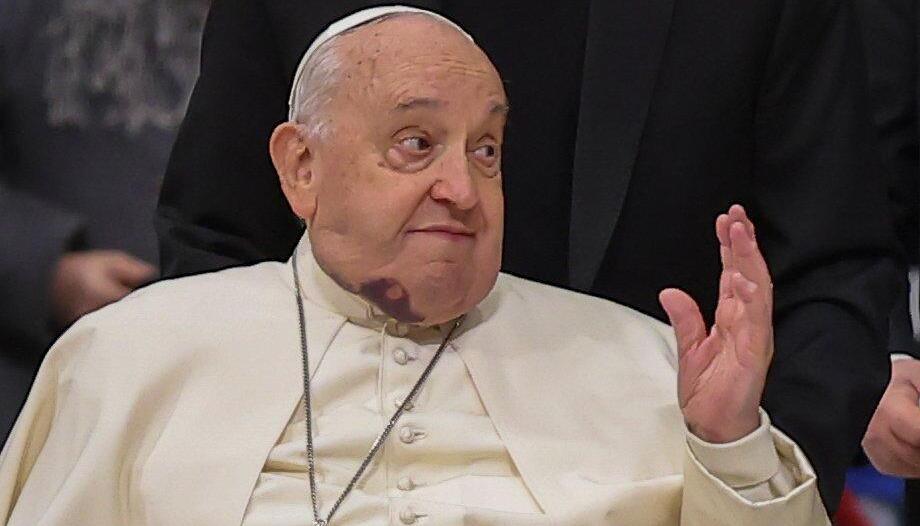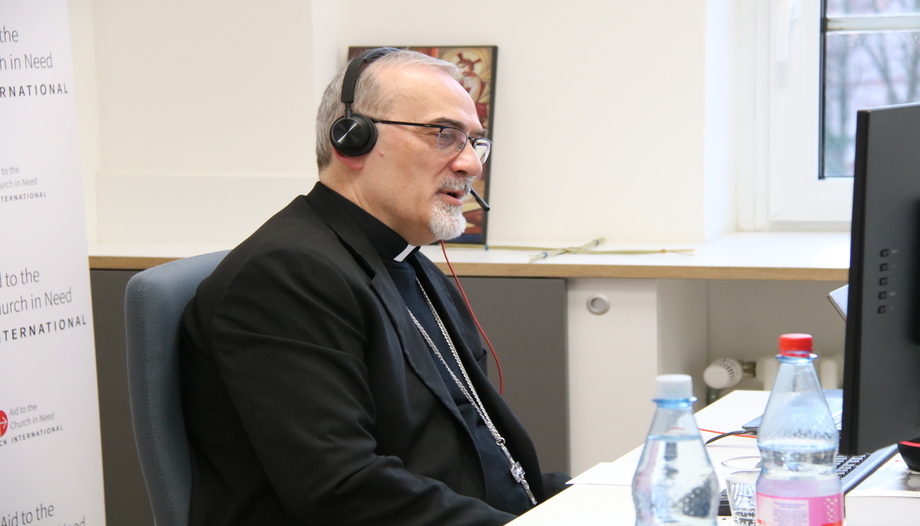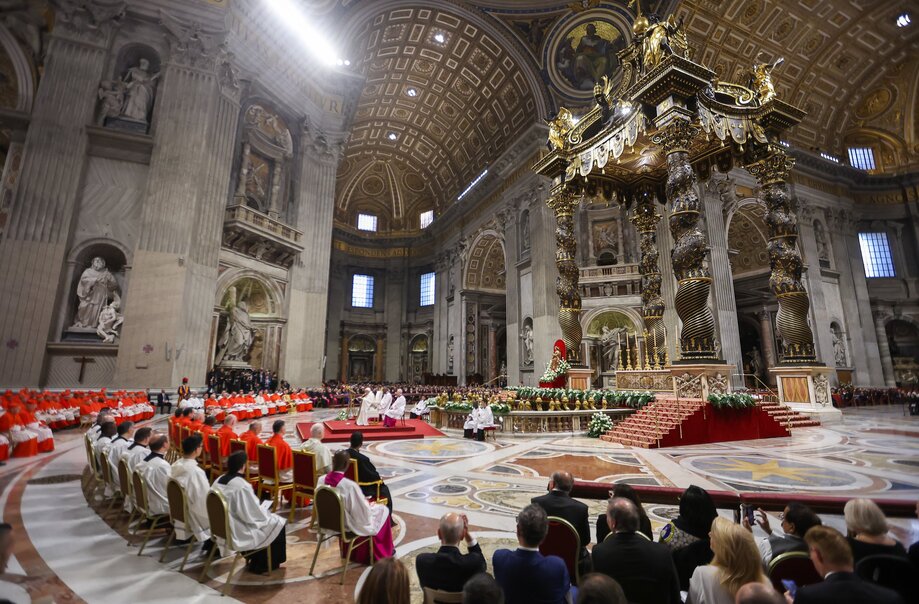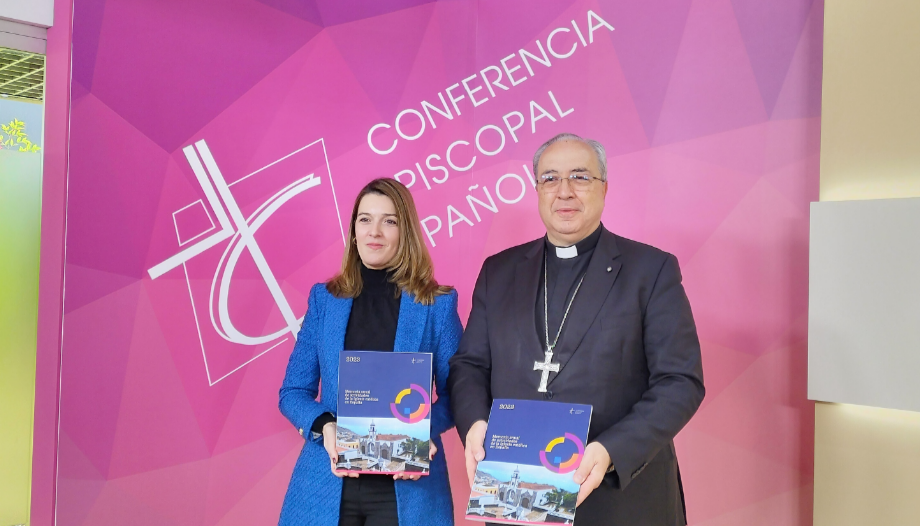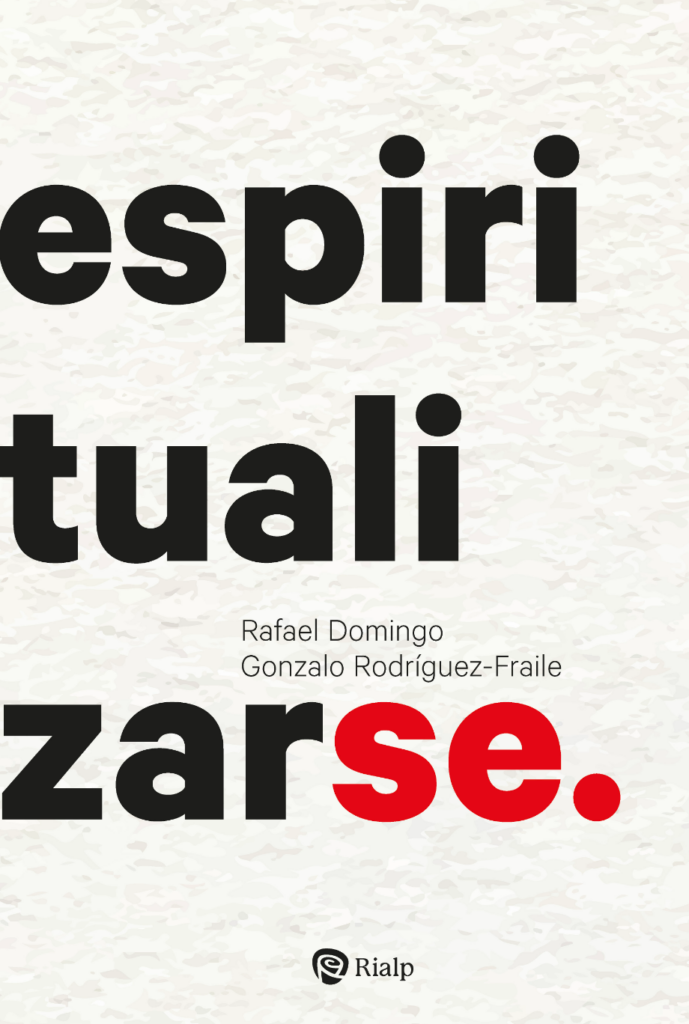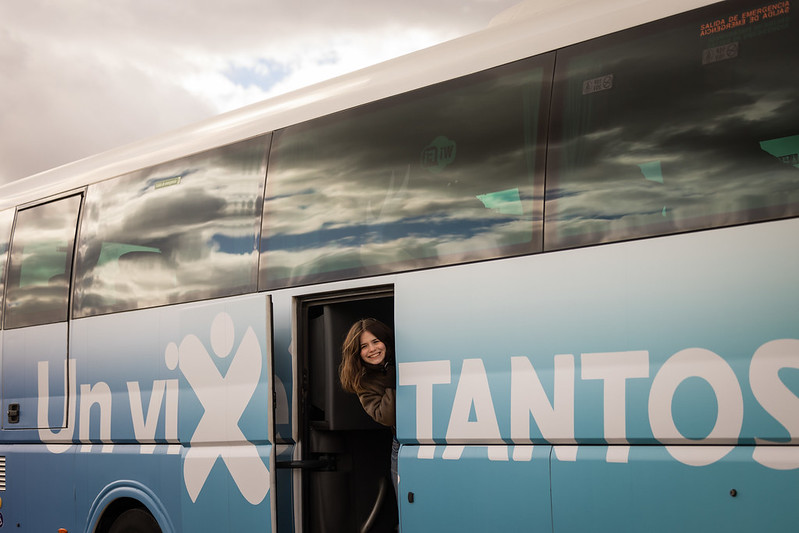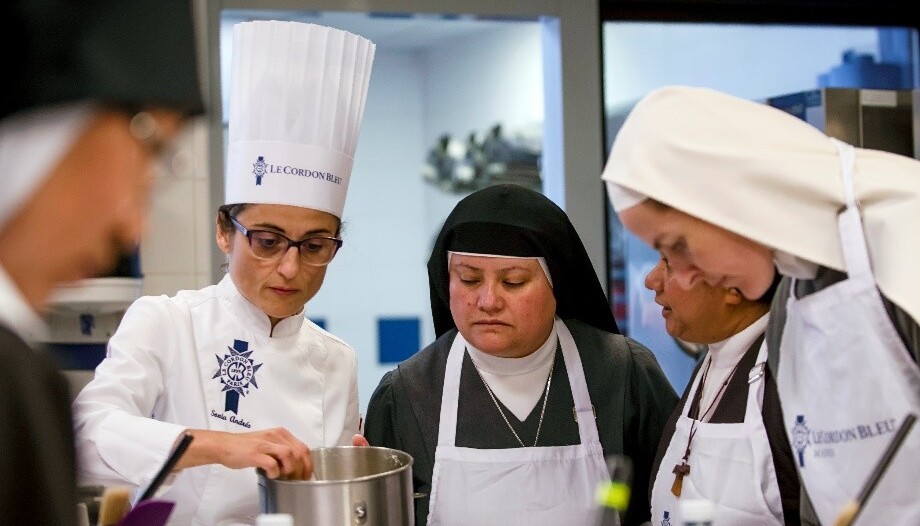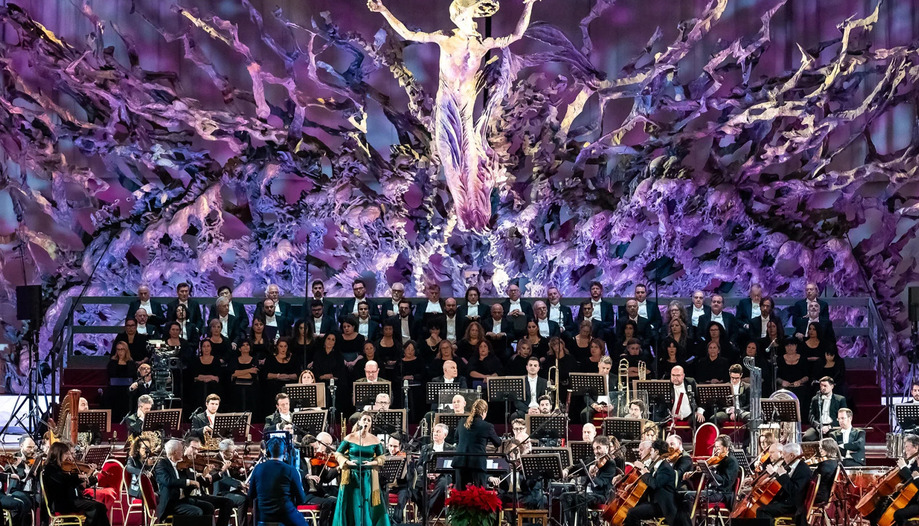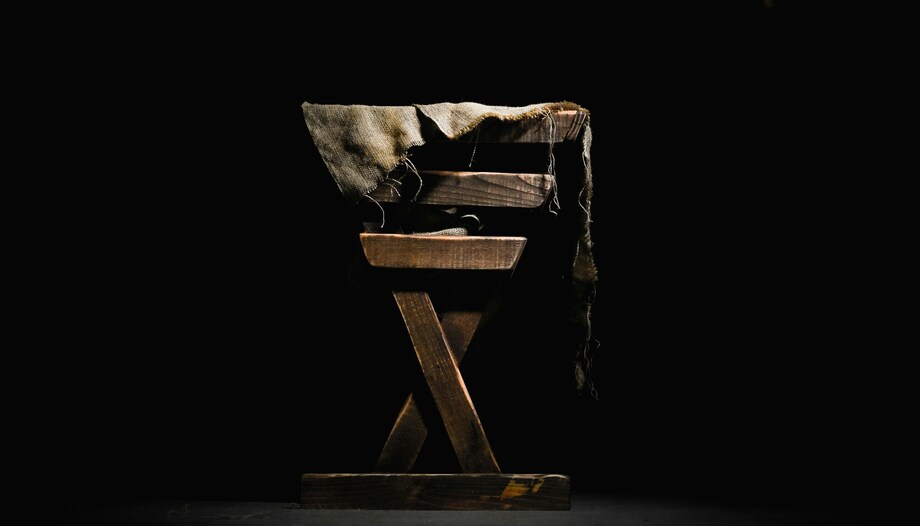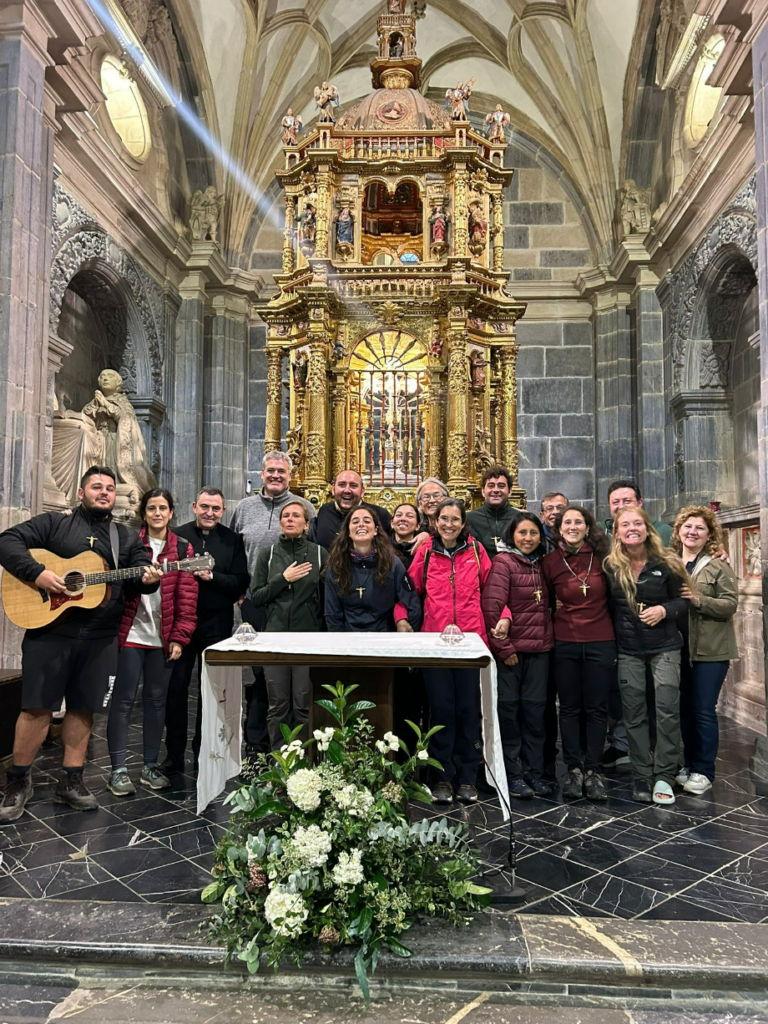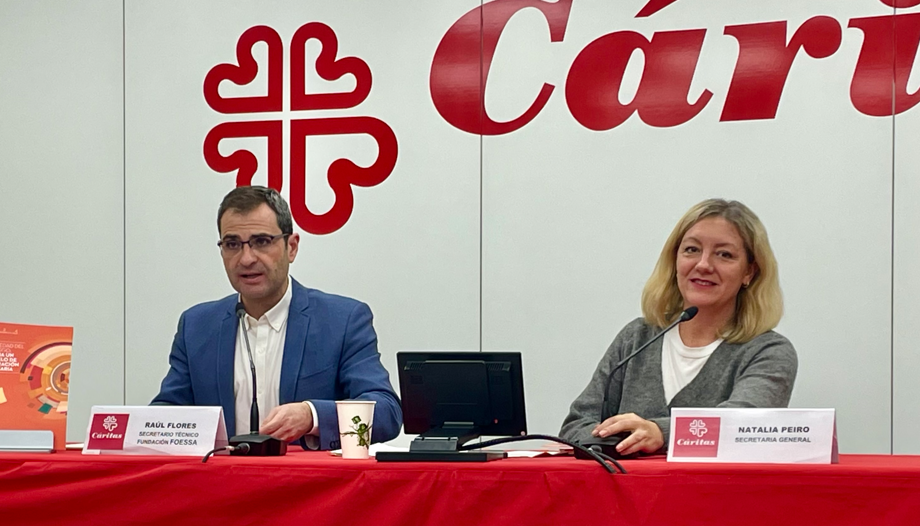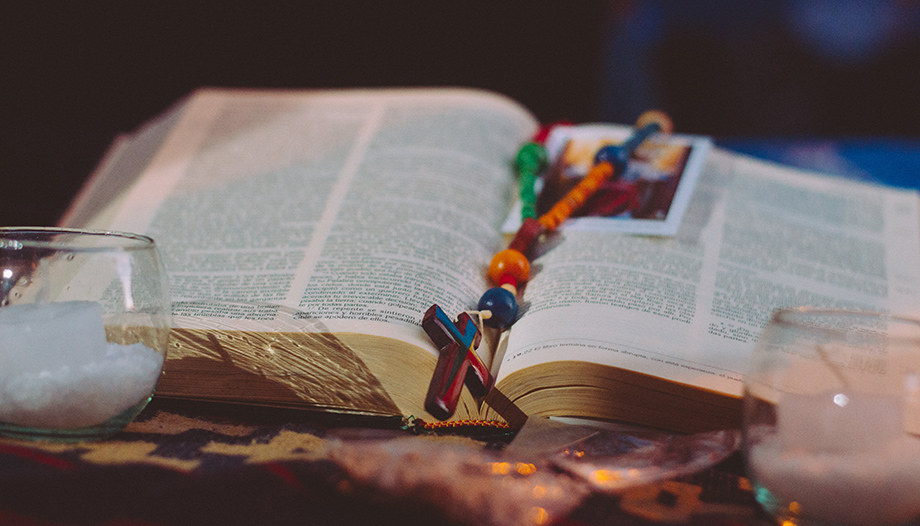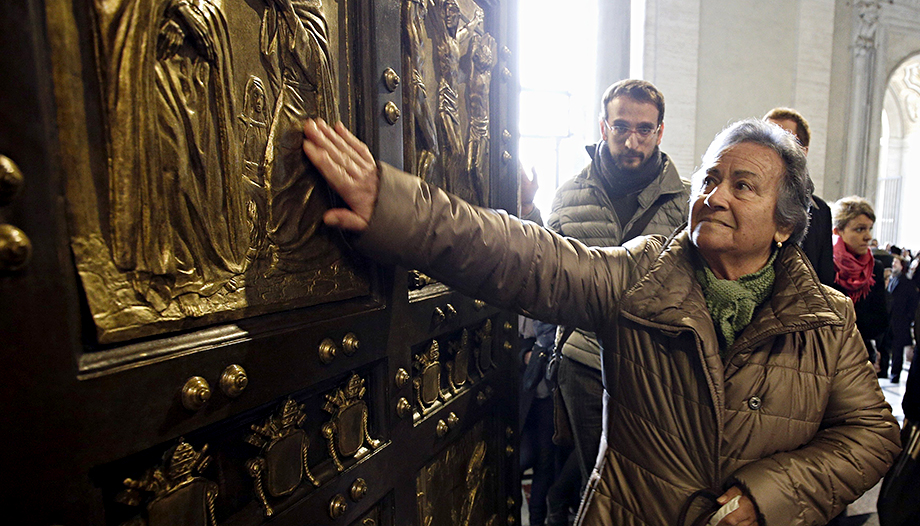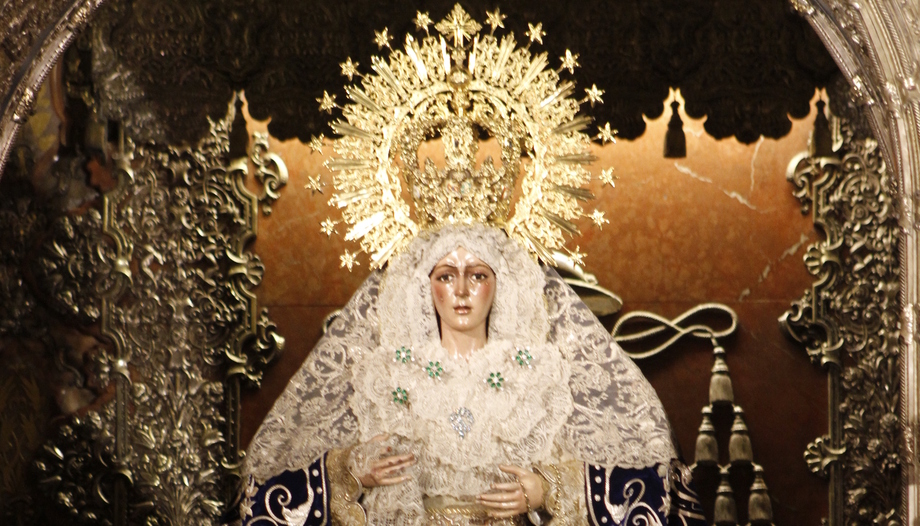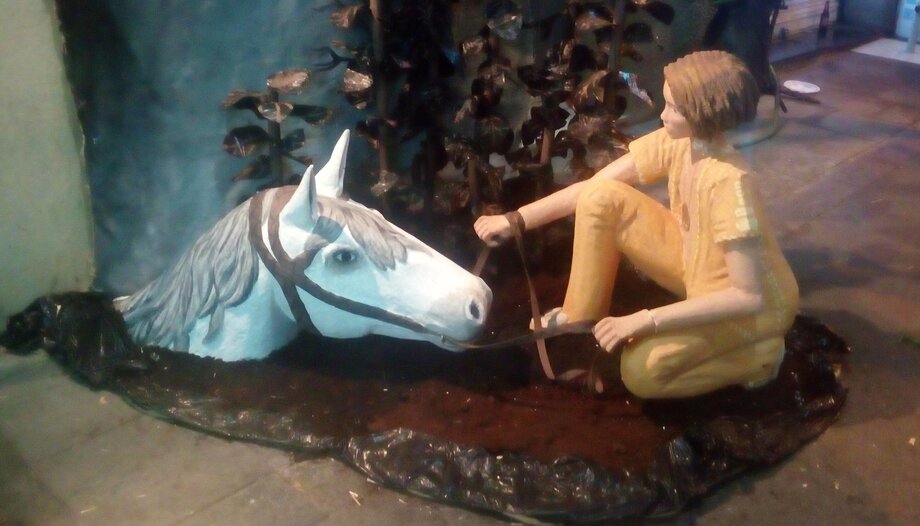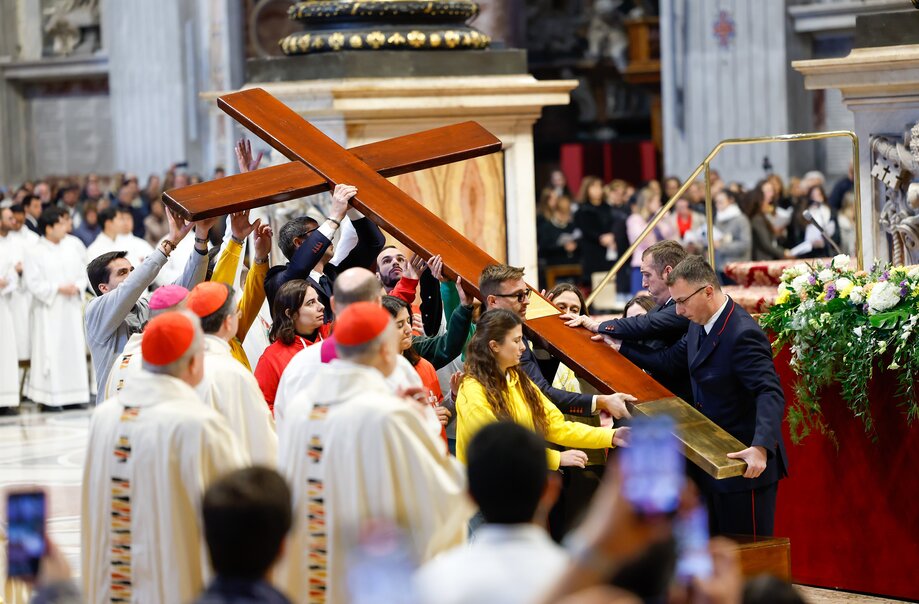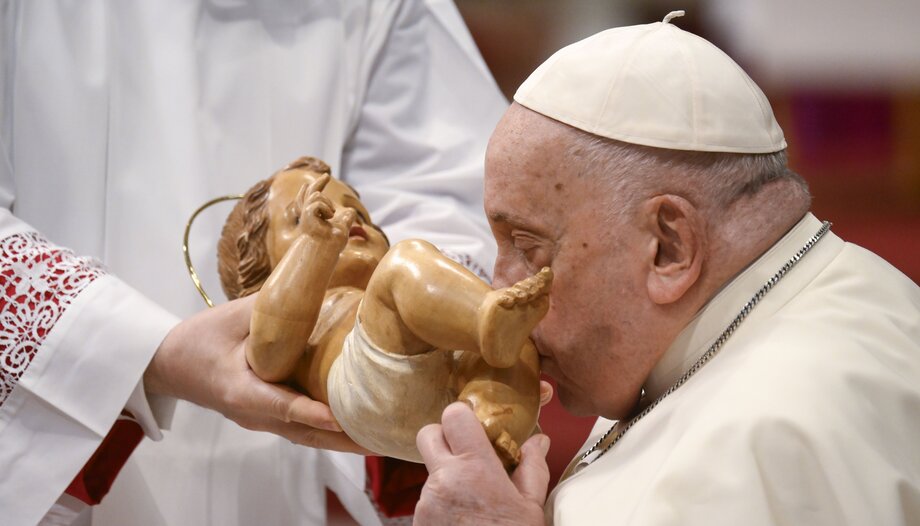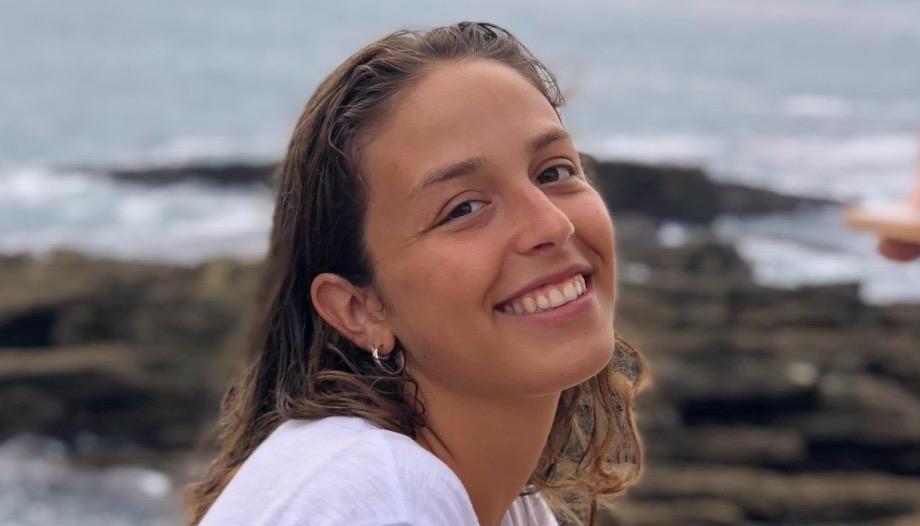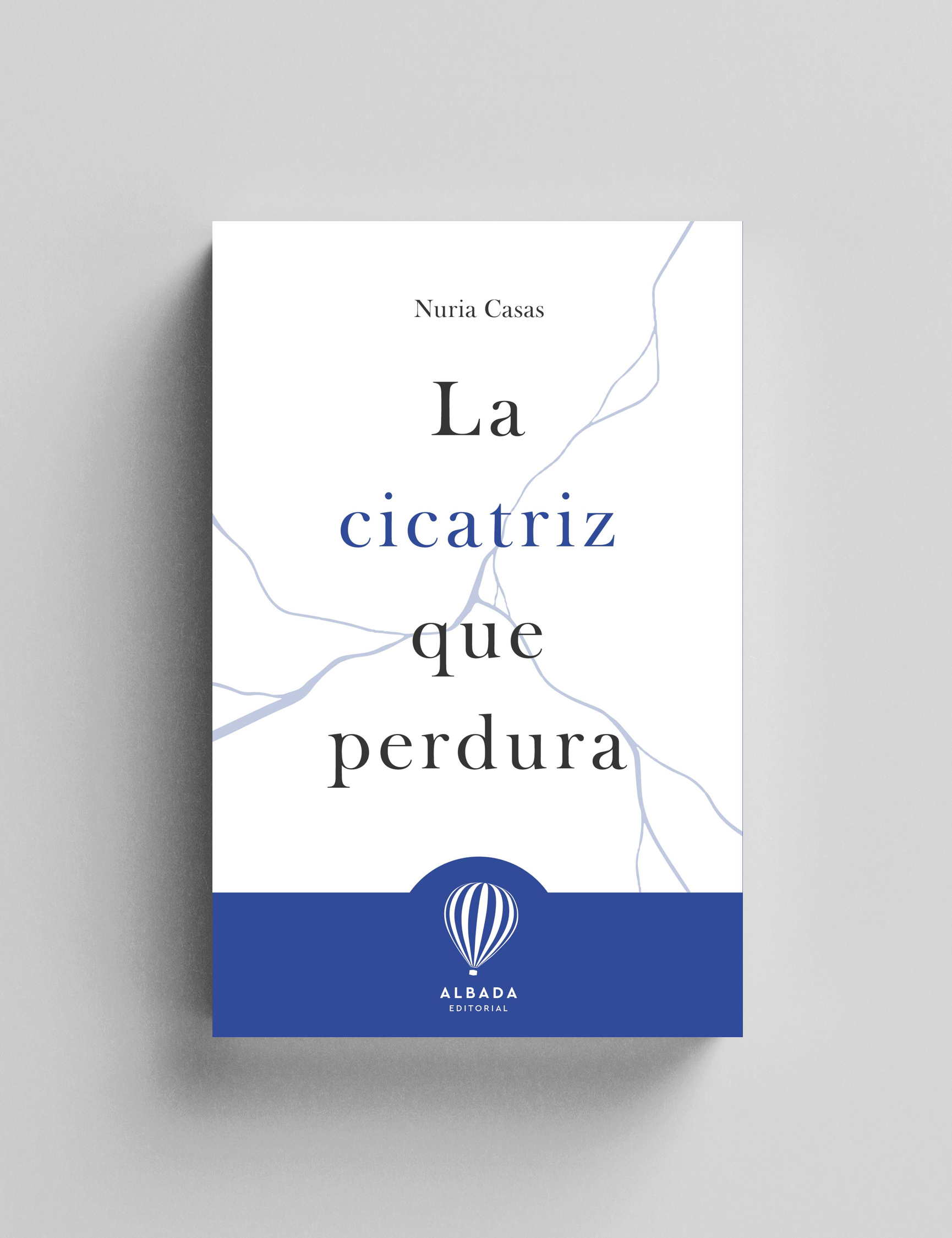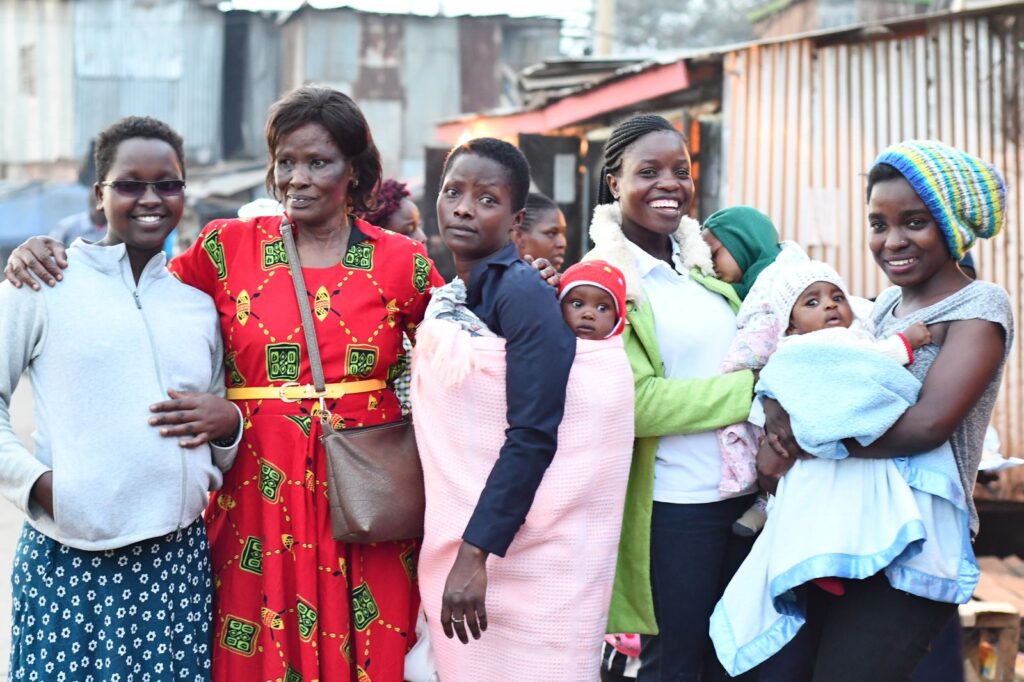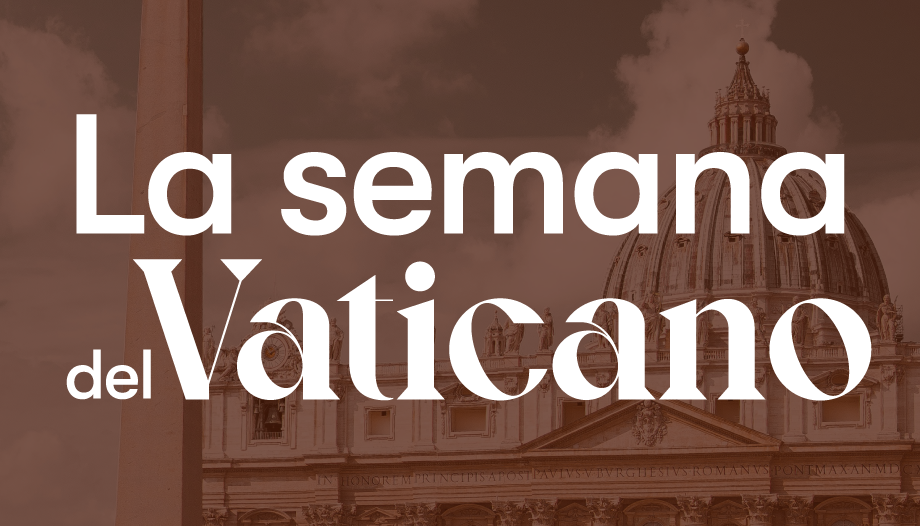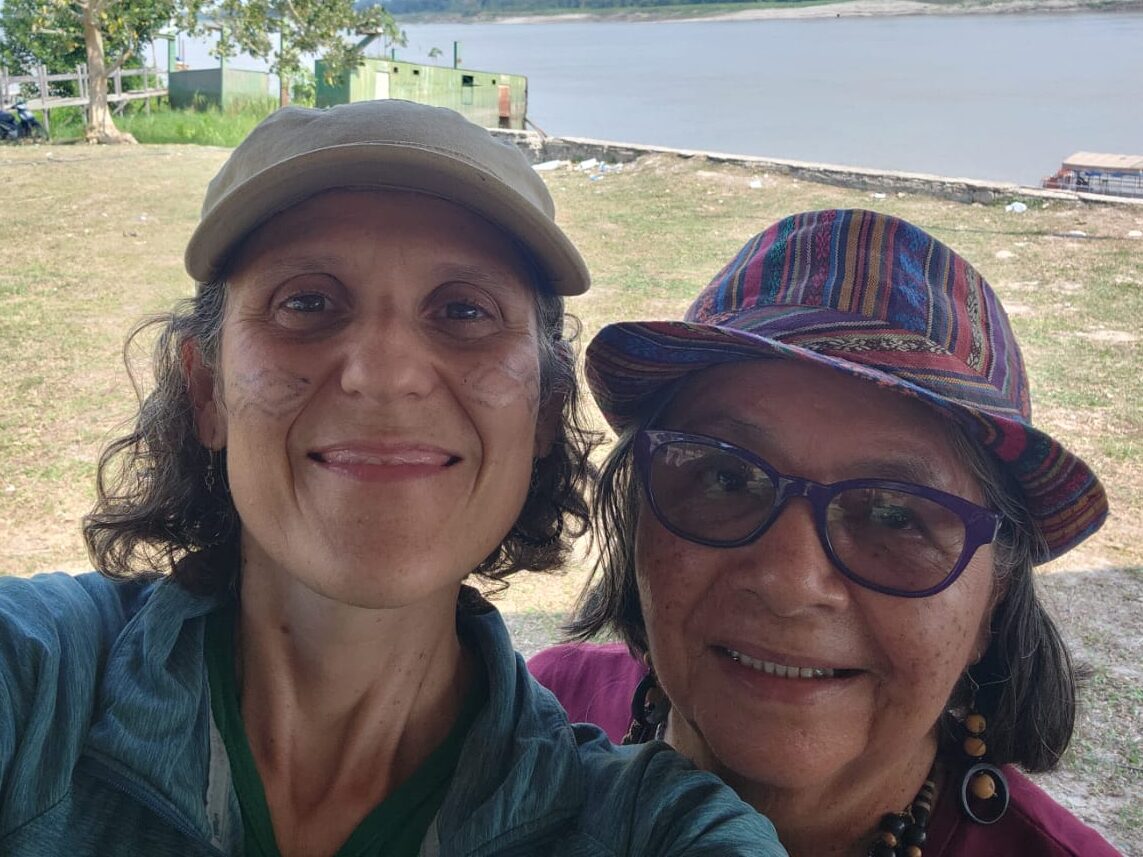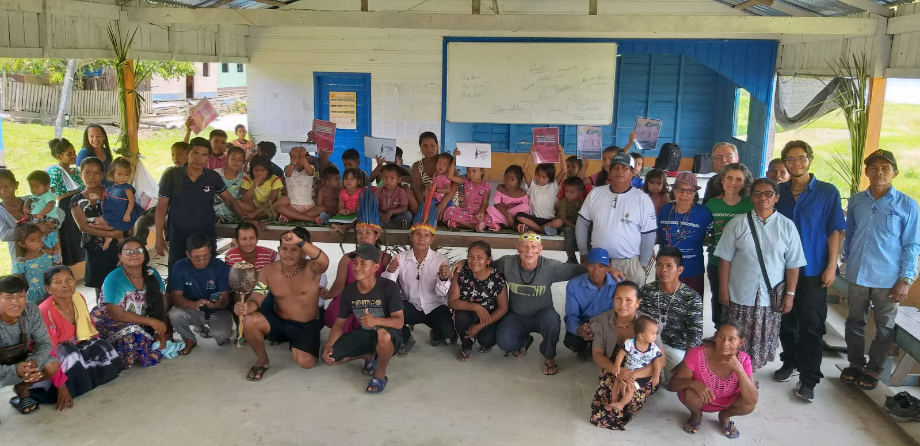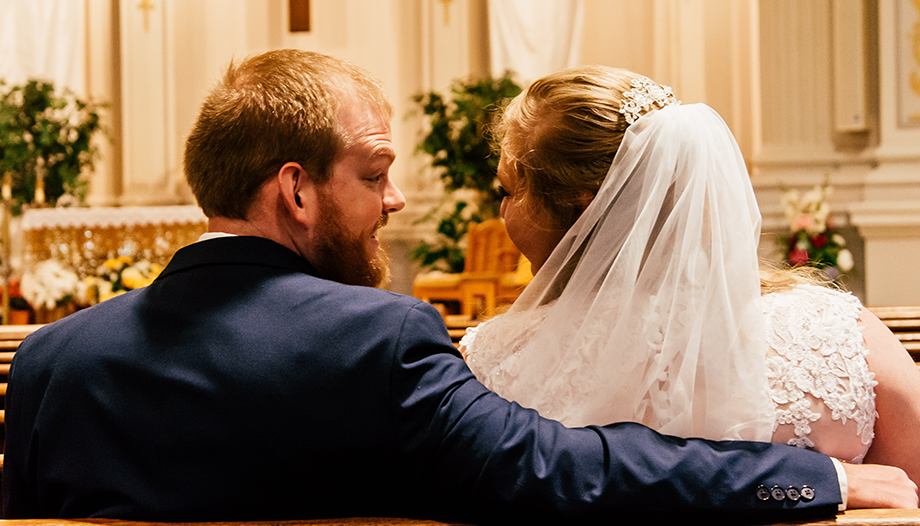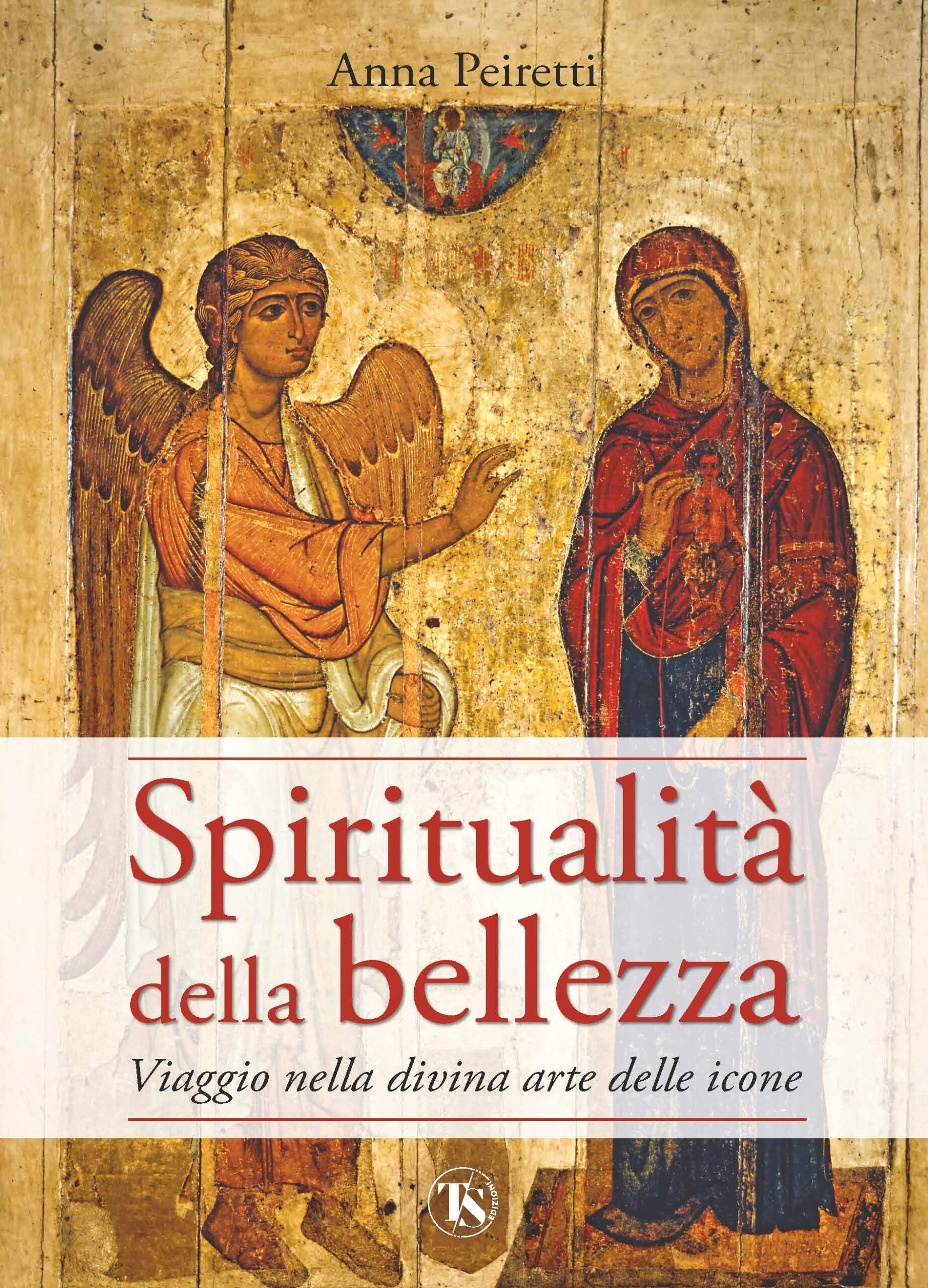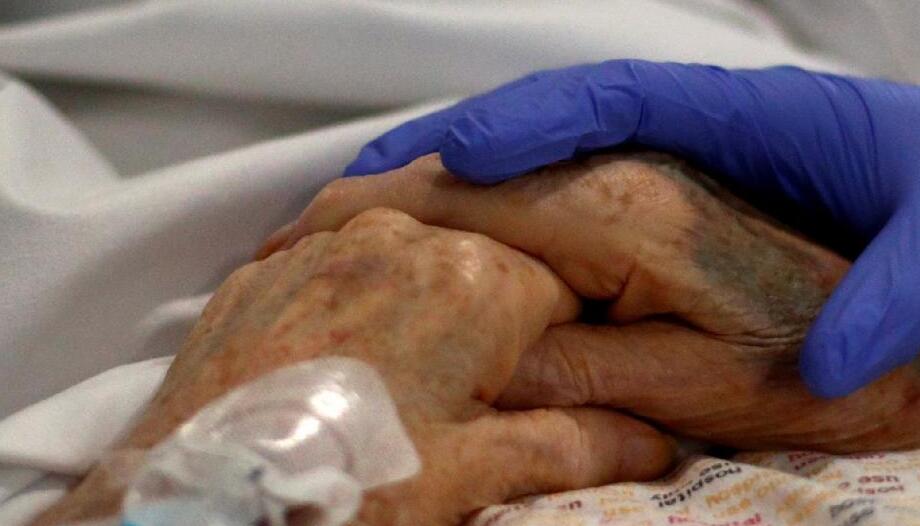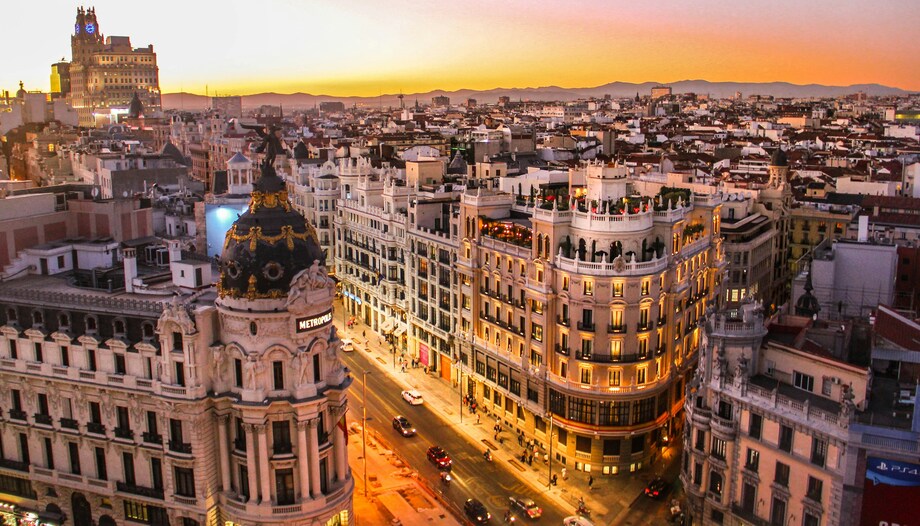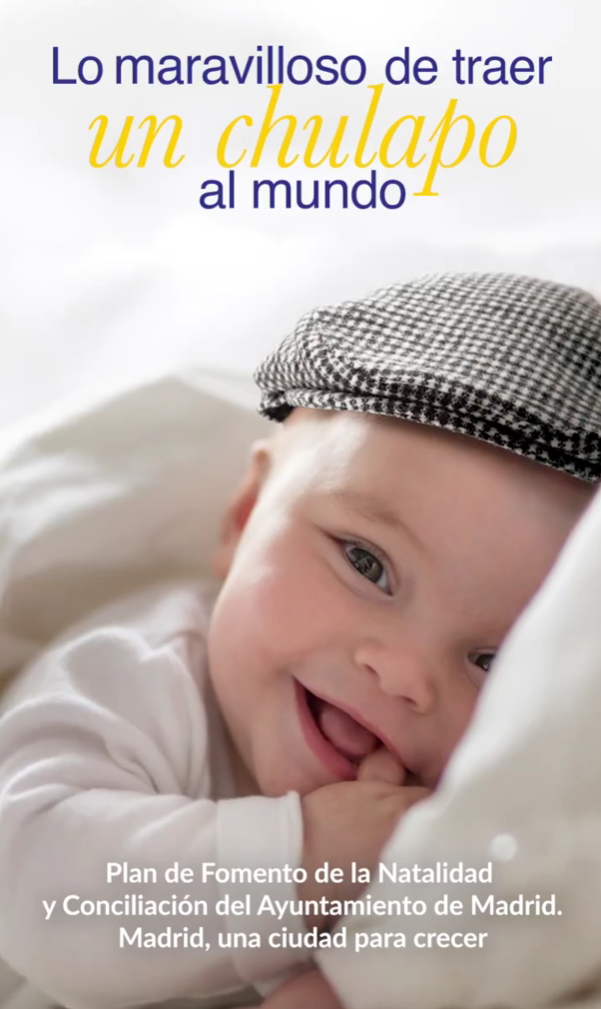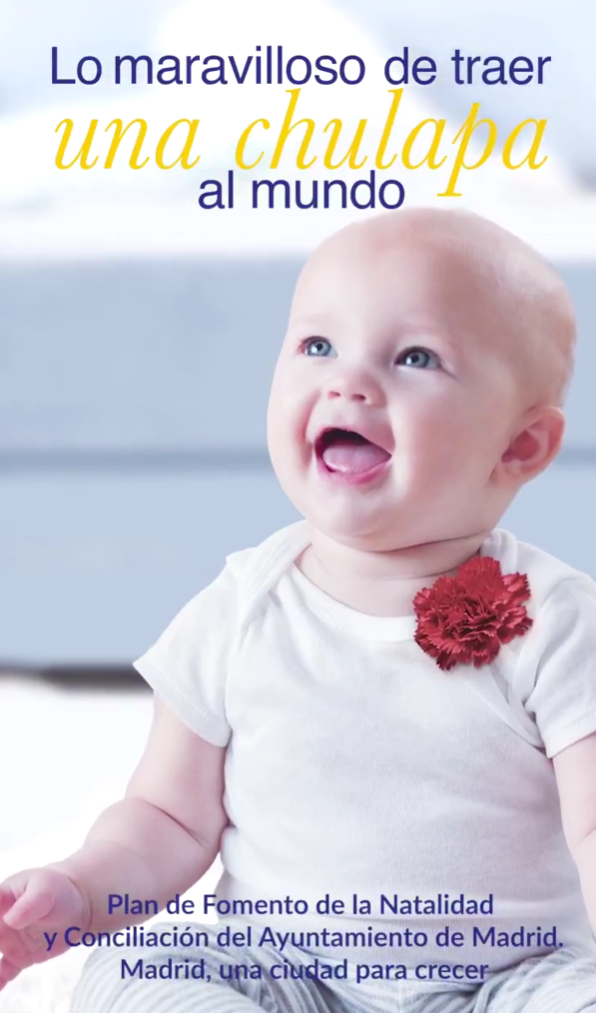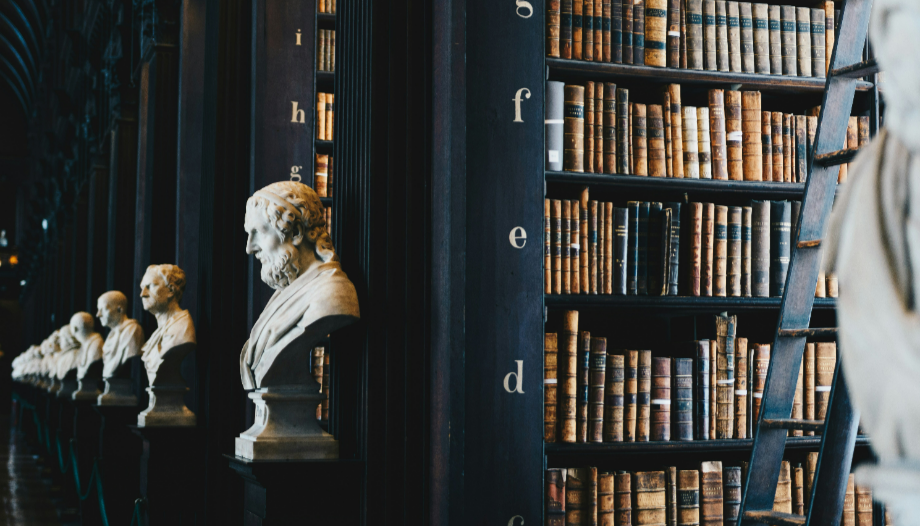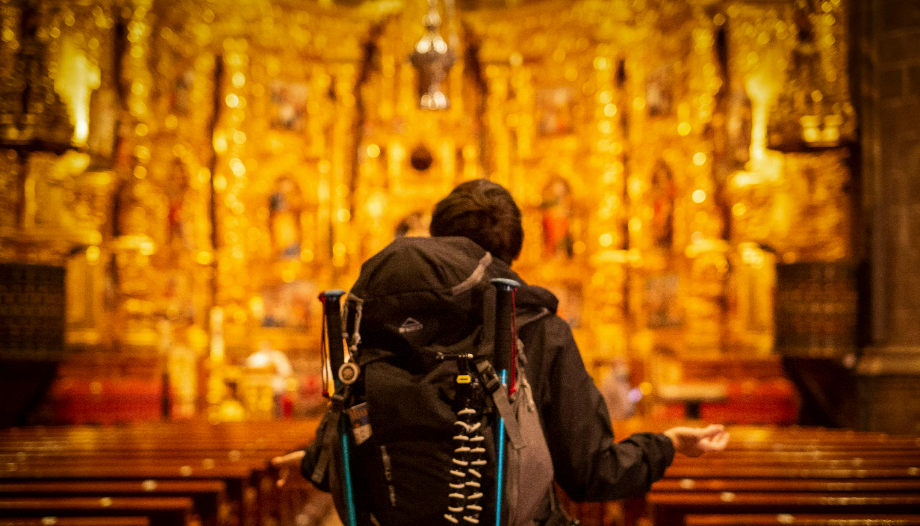At the beginning of May, the Papal Bull "Spes non confundit" ("Hope does not confound") was published, announcing the Jubilee of 2025. The Jubilee Year is now only a few weeks away.
For this reason, we present here some of the key points of the document, while highlighting its connection with Benedict XVI's encyclical "Spe Salvi".
Why does "hope does not disappoint"? What does St. Paul mean by these words written to the Christians of Rome? What hope is involved? How can we, here and now, live hope and bear witness to it before those around us?
The foundation of our hope
The subtitle of the Pope's letter expresses the wish and plea that "hope may fill the hearts" of those who read it. Its title, in fact, takes up the words of the Apostle in his letter to the Romans 5:5. The context of that letter is that, before Christ, all humanity lacked hope, because it was subject to sin. It needed to be reconciled with God. And this is accomplished not by the old (Mosaic) Law, but by faith as a means of attaining justification (vv. 1-4) through the giving of Christ. His resurrection is the foundation of our hope for a transformed life. It is a hope that does not disappoint, "because the love of God has been poured into our hearts through the Holy Spirit who has been given to us" ( Romans 5:1, 2-5).
This is how, under the sign of Christian hope, the Apostle encouraged the converts in Rome. Until then, he had evangelized in the eastern area of the Empire; now Rome awaited him with all that it meant, hence the great desire to reach everyone from there: a great challenge that he had to face, in the name of the proclamation of the Gospel, which knows no barriers or boundaries (cf. n. 2).
This hope constitutes the central message of the next Jubilee, which, according to an ancient tradition, the Pope convokes every twenty-five years as a period of thanksgiving, spiritual renewal and reconciliation.
Francis anticipates the event: "I am thinking of all the pilgrims of hope [motto of the Jubilee] who will come to Rome to live the Holy Year and of those who, unable to come to the city of the Apostles Peter and Paul, will celebrate it in the particular Churches".
He asks and hopes that "it may be for everyone a moment of living and personal encounter with the Lord Jesus, the 'door' of salvation" (cfr. John 10, 7.9). Therefore it is also "our hope" (1 Timothy 1:1). "Our" here means not only of Christians, but is offered to all people of all times and places. For 'all hope`" (n. 1) and many are discouraged.
Undoubtedly the text of Francis evokes in us the encyclical of Benedict XVI on Christian hope (2007). There it is said that man has many hopes, whether great or small" (in relation to love, profession, etc.), but they are not enough to fill the expectation that can only be fulfilled by a "great hope", based on God (cf. "Spe Salvi", n. 30). At the same time, our actions, our suffering and the horizon of the final judgment can be "places of apprenticeship (schools) of hope" (Ibid., 32-48). Benedict invites modernity to be self-critical of a hope often placed in mere progress. But he also proposes a self-criticism to Christians: he asks them to "learn anew what their hope really consists in" (n. 22), particularly in order to avoid a certain individualistic perspective of salvation; for "hope for me" can only be authentic if it can also be "hope for all", as communion with Jesus Christ asks of us (cf. n. 28).
We are seeing how these lights reappear in the magisterium of Francis with sometimes different accents.
The Christian message of hope
"Hope is indeed born of love and is founded on the love that flows from the Heart of Jesus pierced on the cross" (n. 3). A love that comes to give us to share in his very life (cf. Romans 5:10), beginning with baptism, through grace and as an action of the Holy Spirit.
Hope does not disappoint because it is founded on and nourished by this divine love for us. It is not that St. Paul ignores the difficulties and sufferings of this life. For the Apostle, "tribulation and suffering are the conditions proper to those who proclaim the Gospel in contexts of misunderstanding and persecution" (n. 4; cf. "Romans" 5:34; 2 "Corinthians" 6:3-10). Not as something simply irremediable to be endured, but precisely "what sustains evangelization is the strength that flows from the cross and resurrection of Christ" (ibid.), and all this leads us to ask for and develop the virtue of patience (which involves contemplation, perseverance and trust in God, who is also patient with us), also a fruit of the Holy Spirit. "Patience (...) is the daughter of hope and at the same time sustains it" (Ibid.).
On some occasions Pope Francis has quoted Charles Péguy, when in the "Portico of the Mystery of the Second Virtue" (1911) he compares faith, hope and love to three sisters who go hand in hand. Hope, the smallest, goes in the middle, almost unnoticed - little is said about her - next to her sisters, so beautiful and resplendent. But in reality it is she who sustains them and makes them advance; and without her they would lose their impulse and strength. In any case, faith, hope and charity are one in the other, "interpenetrated," insofar as they share the energies-of knowledge, love and action-of Christ himself in Christians,
Jubilees on the road to hope
Jubilees have been celebrated regularly since 1300, with precedents of indulgences during pilgrimages already in the previous century. "Pilgrimages on foot are very conducive to the rediscovery of the value of silence, of effort, of what is essential" (n. 5). These itineraries of faith allow above all to approach "the sacrament of Reconciliation, an irreplaceable starting point for a true journey of conversion" (Ibidem).
Moreover, this Jubilee is in continuity with two immediately preceding Jubilees: the Ordinary Jubilee of the 2000 years since the birth of Jesus Christ, at the beginning of the new millennium, and the Extraordinary Jubilee during the Year of Mercy in 2015. It is also intended as a preparation for the following Jubilee in 2033, for the two thousand years of the redemption brought about by the death and resurrection of the Lord. All this will begin with the opening of the Holy Door in St. Peter's Basilica in the Vatican on December 24. This will be followed in a few days by similar ceremonies in the other three major Roman basilicas. Similar celebrations will be held in the particular churches. It will conclude on December 28, 2025. The sacrament of Penance occupies a central place in the Jubilee, linked to the indulgence that can also be obtained in the particular Churches.
Signs of hope
To all of the above, Francis adds that we can not only attain the hope offered to us by the grace of God, but rediscover it in the "signs of the times" ("Gaudium et spes", 4), which in a theological sense allow us to interpret, in the light of the Gospel message, the yearnings and hopes of our contemporaries, in order to transform them into "signs of hope" (cf. n. 7). Among these signs should be, Francis proposes, the desire for peace in the world, the desire to transmit life, the gestures corresponding to the message of freedom and closeness that Christianity brings (beginning on the social level, with reference to the imprisoned and the sick, people with disabilities, etc.).
Especially in need of "signs of hope" are those who represent it.: young people. Many are able to react promptly to the service of others in situations of catastrophe or instability; others are subject to circumstances (especially lack of work) that favor their subjection to melancholy, drugs, violence; migrants, for example, are more likely to be the victims of violence., exiles, displaced persons and refugees, who go in search of a better life; the weakest, because we will be judged on the basis of the service we render them (cf. Mt 25:35 ff.); the elderly and the poor, who are almost always the victims and not the culprits of social problems.
Two calls for hope
In line with these signs or gestures of hope that are expected from everyone, in various forms and intensities, the Pope invites us to rethink two themes of yesterday and always, no less urgent: the destination and distribution of the goods of the earth ("they are not destined for a privileged few, but for all", n. 6); the cancellation of the debts of countries that will never be able to pay them off (without forgetting the "ecological debtThe "trade imbalances" that the North has with the South, related to trade imbalances (cf. Ibid. 6).
At no time does Francis forget the foundation, in his case and in the case of Christians, of these appeals: Jesus Christ (who has revealed to us the mystery of the Triune God as a mystery of love), whose divinity we will celebrate again on the occasion of the 1700th anniversary of the Council of Nicea, and whose Passover, hopefully, we Christians will be able to celebrate on a common date.
The anchor of hope
In the dynamism of the theological virtues, the Bishop of Rome points out, "it is hope which, so to speak, indicates the direction, the direction and the finality of Christian existence" (n. 18). Through it we aspire to eternal life, as a definitive destiny and in conformity with human dignity; for "we have the certainty that the history of humanity and that of each one of us is not heading towards a blind spot or a dark abyss, but is directed towards an encounter with the Lord of glory" (n. 19).
On the foundation of faith in Christ, who died and rose for our salvation, we Christians hope and proclaim the hope of a new life, based on full and definitive communion with God and his love. This has been witnessed to especially by the Christian martyrs (the Jubilee will be a good occasion for an ecumenical celebration). And the final judgment will be a witness to the predominance of this love, which overcomes evil and the pain of the world.
So that we can participate fully in communion with God and the saints, we are exhorted to pray for the deceased who are in purgatory and to apply the Jubilee indulgence for them; to confess our sins in the sacrament of Penance in order to obtain the indulgence (removal of the residual effects of sin), also for ourselves; to promote the practice of forgiveness (which makes possible a life without rancor, anger and revenge), because "the future enlightened by forgiveness makes it possible to read the past with different, more serene eyes, even if they are still streaked with tears" (n. 23). 23). All this with the help of the "missionaries of mercy" that Francis instituted during the Year of Mercy. And with the "highest witness" of Mary, the Mother of God, mother of hope, star of the sea: "Am I not here who am your mother?" the Virgin of Guadalupe says to Juan Diego.
And Francis points out: "This hope that we have is like an anchor of the soul, solid and firm, which penetrates beyond the veil, there where Jesus entered for us, as a forerunner" (n. 25, cf. Heb. 6:18-20).
In the midst of the storms of our lives, says the one who succeeds Peter, "the image of the anchor is suggestive to understand the stability and security that we possess if we entrust ourselves to the Lord Jesus, even in the midst of the troubled waters of life. And he hopes that our hope, especially in the Jubilee Year, will be "contagious" for all those who desire it.





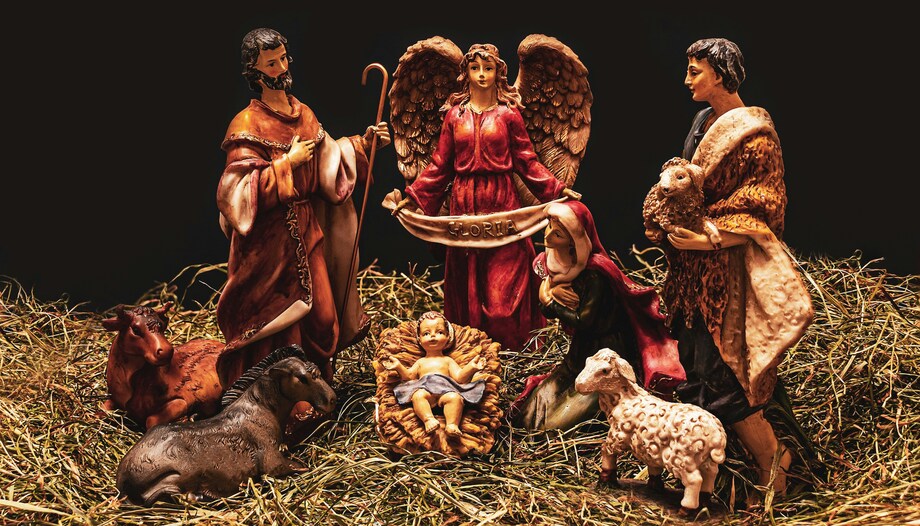
 Caminito de Belén: Living Advent with the family
Caminito de Belén: Living Advent with the family





